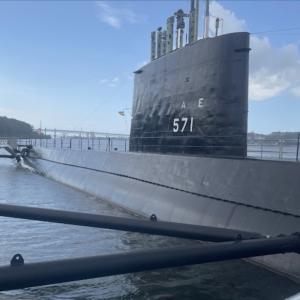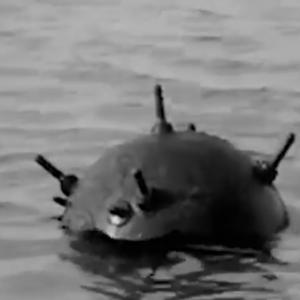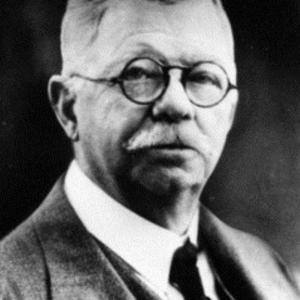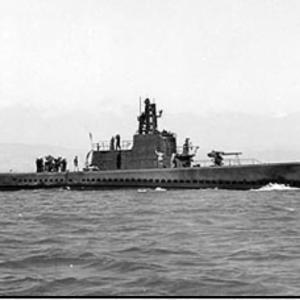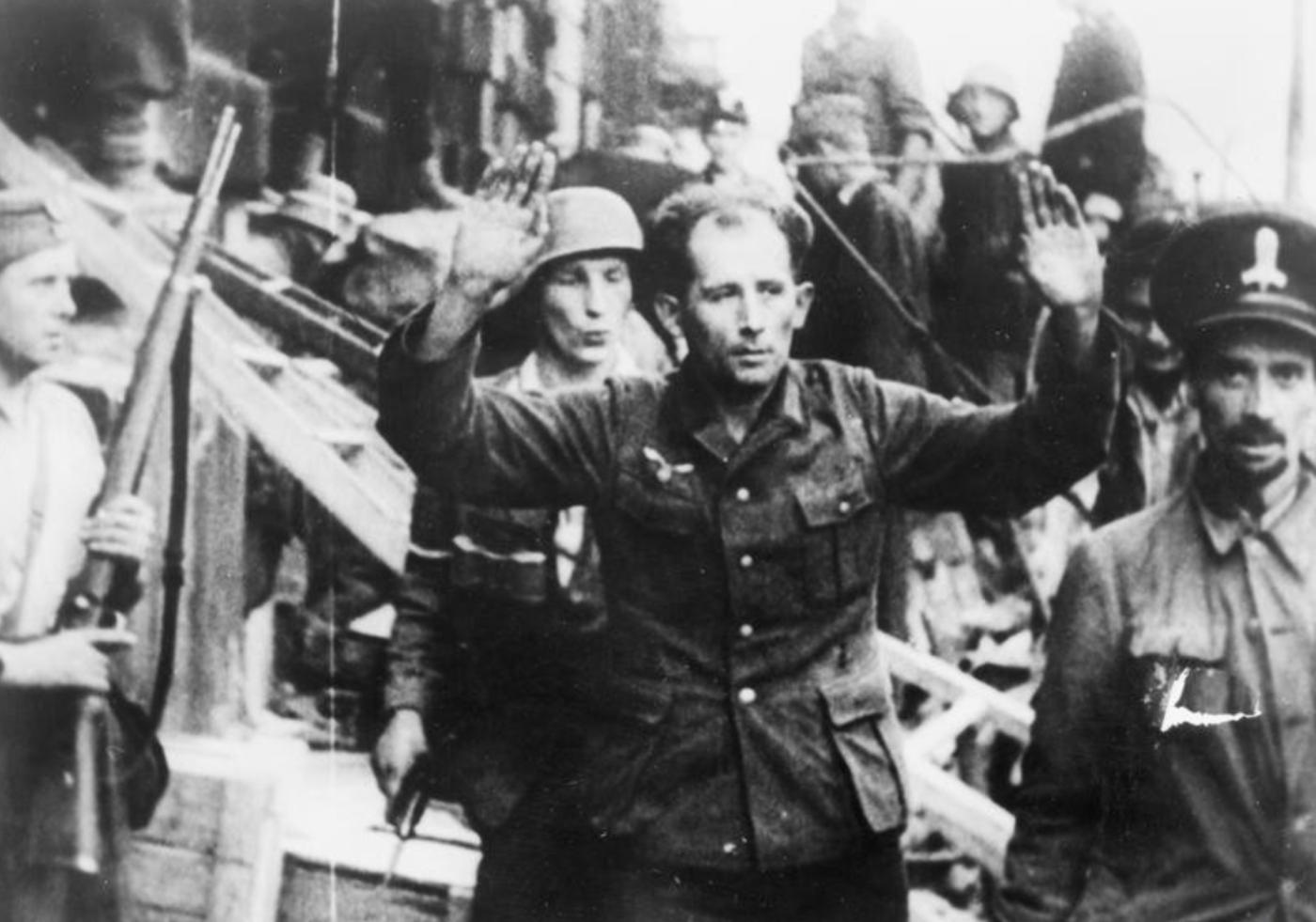
Warsaw uprising
The Warsaw Uprising was one of the most significant and tragic events of World War II, taking place in the capital of German-occupied Poland. It began on August 1, 1944, and lasted for sixty-three days, ending on October 2, 1944. The uprising was led by the Polish underground resistance movement known as the Home Army (Armia Krajowa), which aimed to liberate Warsaw from German control before the advancing Soviet forces arrived. This was part of a larger national strategy known as Operation Tempest, designed to assert Polish sovereignty and ensure that postwar Poland would not fall under Soviet domination.
At the time of the uprising, Poland had been under brutal German occupation since 1939. The Polish population had suffered extensive repression, forced labor, mass executions, and the destruction of Jewish communities during the Holocaust. The Home Army had spent years preparing for an armed confrontation, gathering weapons, training fighters, and organizing an underground government. The decision to launch the uprising in Warsaw was influenced by the Soviet advance toward the city and a belief that German forces were weakening. The Poles hoped to receive assistance from the Soviets, who were positioned just across the Vistula River, and from the Western Allies through air drops and military support.
The uprising began with great enthusiasm and initial success. The Home Army, composed of about 40,000 fighters, managed to seize key parts of the city and held significant territory in central Warsaw. Civilians played an essential role, providing aid, constructing barricades, and helping to sustain the resistance. However, the Germans responded with overwhelming force, bringing in reinforcements and employing ruthless tactics, including heavy artillery, airstrikes, and mass executions of civilians. German units, including notorious SS divisions and collaborators, committed numerous atrocities during the suppression of the uprising. Entire districts were systematically destroyed, and tens of thousands of civilians were murdered in reprisals.
One of the most devastating aspects of the Warsaw Uprising was the lack of external support. Although British and American aircraft conducted some supply drops, these were limited and often ineffective due to the distances involved and German anti-aircraft defenses. The Soviet Union, despite being so close, did not provide meaningful assistance to the insurgents. This inaction remains a subject of historical debate, with many historians arguing that the Soviets deliberately withheld support in order to allow the destruction of the non-communist Polish resistance, which might have challenged Soviet plans to dominate postwar Poland.
After more than two months of brutal fighting, starvation, and relentless German attacks, the Home Army was forced to surrender. Approximately 16,000 resistance fighters were killed, and another 6,000 were seriously wounded. Civilian casualties were staggering, with estimates ranging from 150,000 to 200,000 dead. Following the surrender, the remaining population of Warsaw was expelled, and the Germans systematically destroyed much of what was left of the city. By the time Soviet forces finally entered Warsaw in January 1945, the city was nearly empty and in ruins.
The Warsaw Uprising remains a powerful symbol of Polish resistance, courage, and the desire for national independence. It exposed the brutal realities of occupation and the political complexities of the wartime alliances. While the uprising failed to achieve its immediate military and political goals, it left a lasting legacy in Polish history and collective memory. Today, the bravery of those who fought and died in the uprising is honored every year in Poland, serving as a reminder of the country's enduring struggle for freedom.

